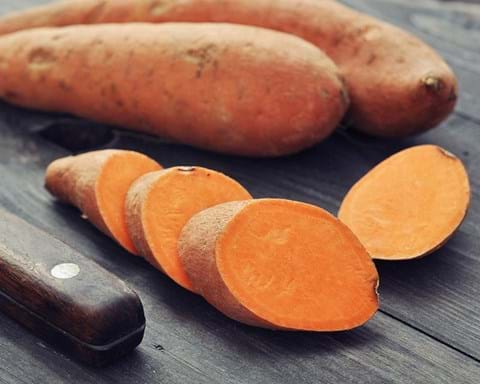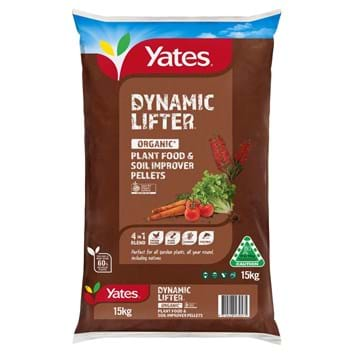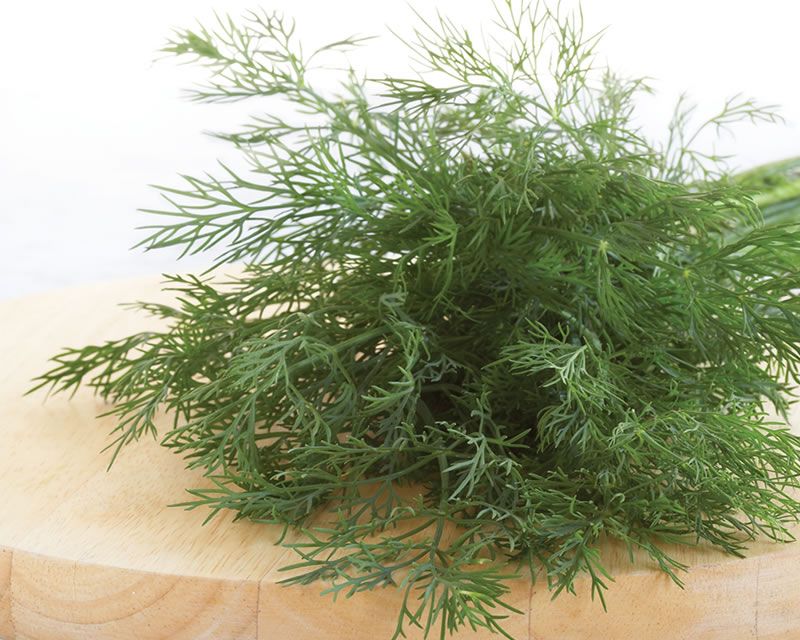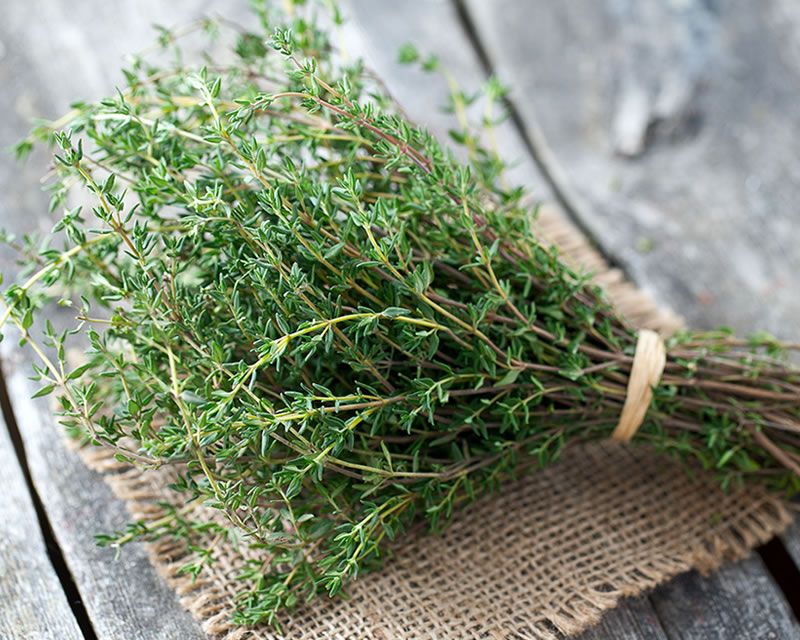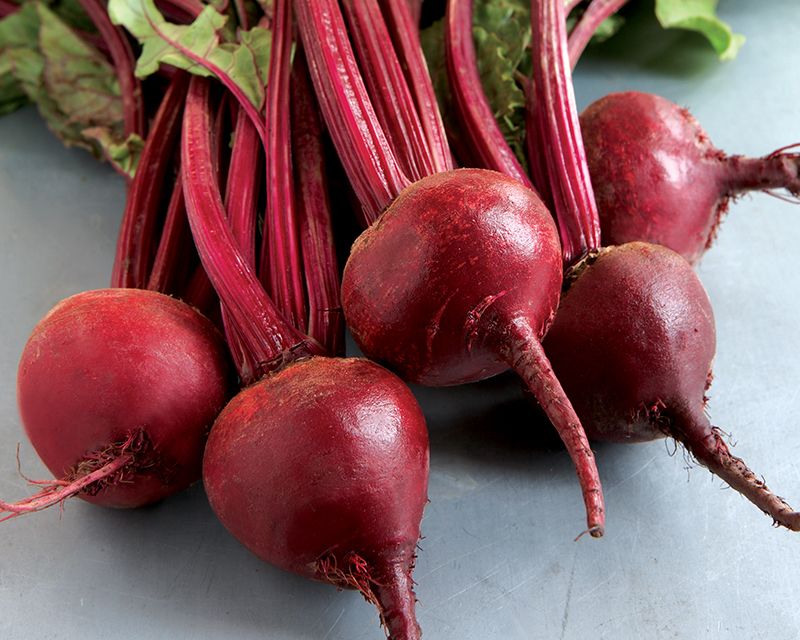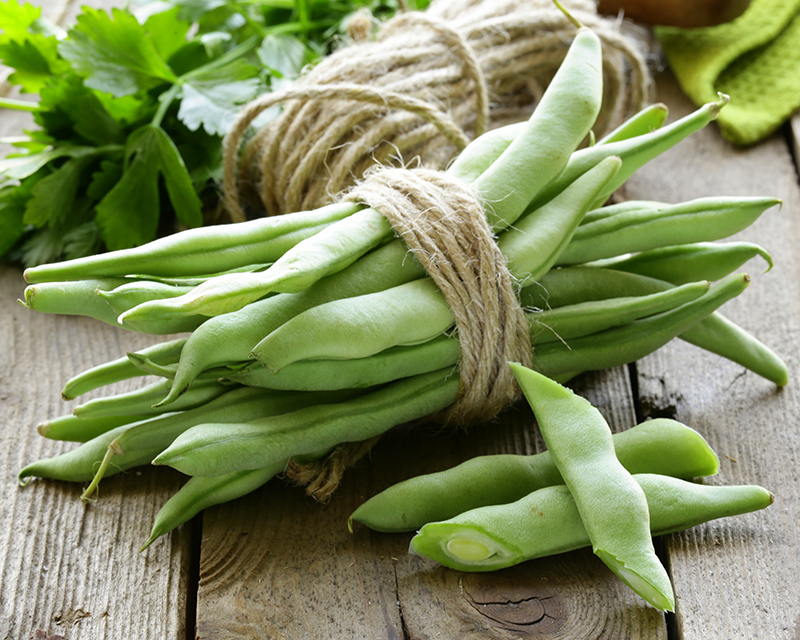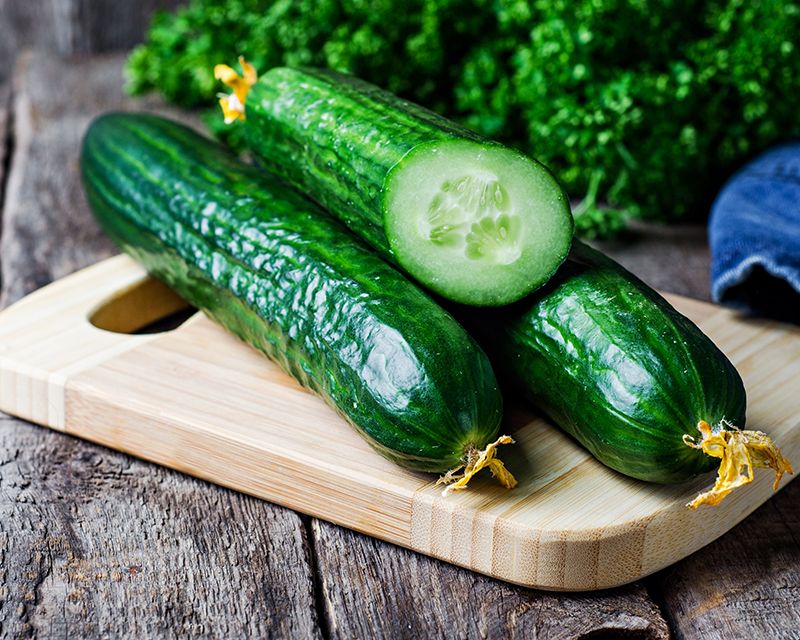There are a few different varieties of sweet potato to choose from, and they differ in colour and taste. They are grouped according to their skin colour: the common orange flesh variety ‘Beauregard’ and ‘Orleans’, the red skin (often mistaken for purple skin) ‘Northern Star’ or the white-skin-purple-flesh ‘Murasaki’ and ‘Hawaiian Sunshine’.
Sweet potatoes are vines and if given the space, they will ramble and set down roots – so take care on where you choose to grow them in the garden.
Location
Sweet potatoes grow best in warm climates – they will not tolerate frost. Plant in a spot that receives between 6-8 hours of full sun, with protection from strong winds.
Soil
The soil should be friable, moist, and well-drained. Prior to planting, use a fork to break up the soil and enrich with plenty of compost and organic matter, like Yates Dynamic Lifter Soil Improver & Plant Fertiliser. If planting in pot, choose a pot at least 500 mm wide and only plant one vine per pot (see How to grow sweet potato in a pot for detailed instructions).
Fertiliser
Once leaves appear, feed regularly with Yates Thrive Vegie and Herb Liquid Plant Food.
Water
Water regularly to keep the soil moist. Once established, sweet potatoes are quite hardy and can tolerate dry periods, but they will grow better if regularly watered.
Pests and diseases
The most common pest of sweet potatoes is the sweet potato weevil. The larvae of the sweet potato weevil feed on the tubers, causing them to be riddled with holes that eventually spoil the harvest. The damage is normally not noticeable until tubers are harvested. Unfortunately, there is no current treatment for the sweet potato weevil.
Harvest
Tubers are ready to harvest once the leaves yellow and die down. Use a fork to gently lift the soil and reveal the tubers. But you don’t have to wait for the tubers to fully form to enjoy the plant – the leaves can also be harvested and eaten raw, sautéed or stir-fried.
